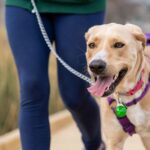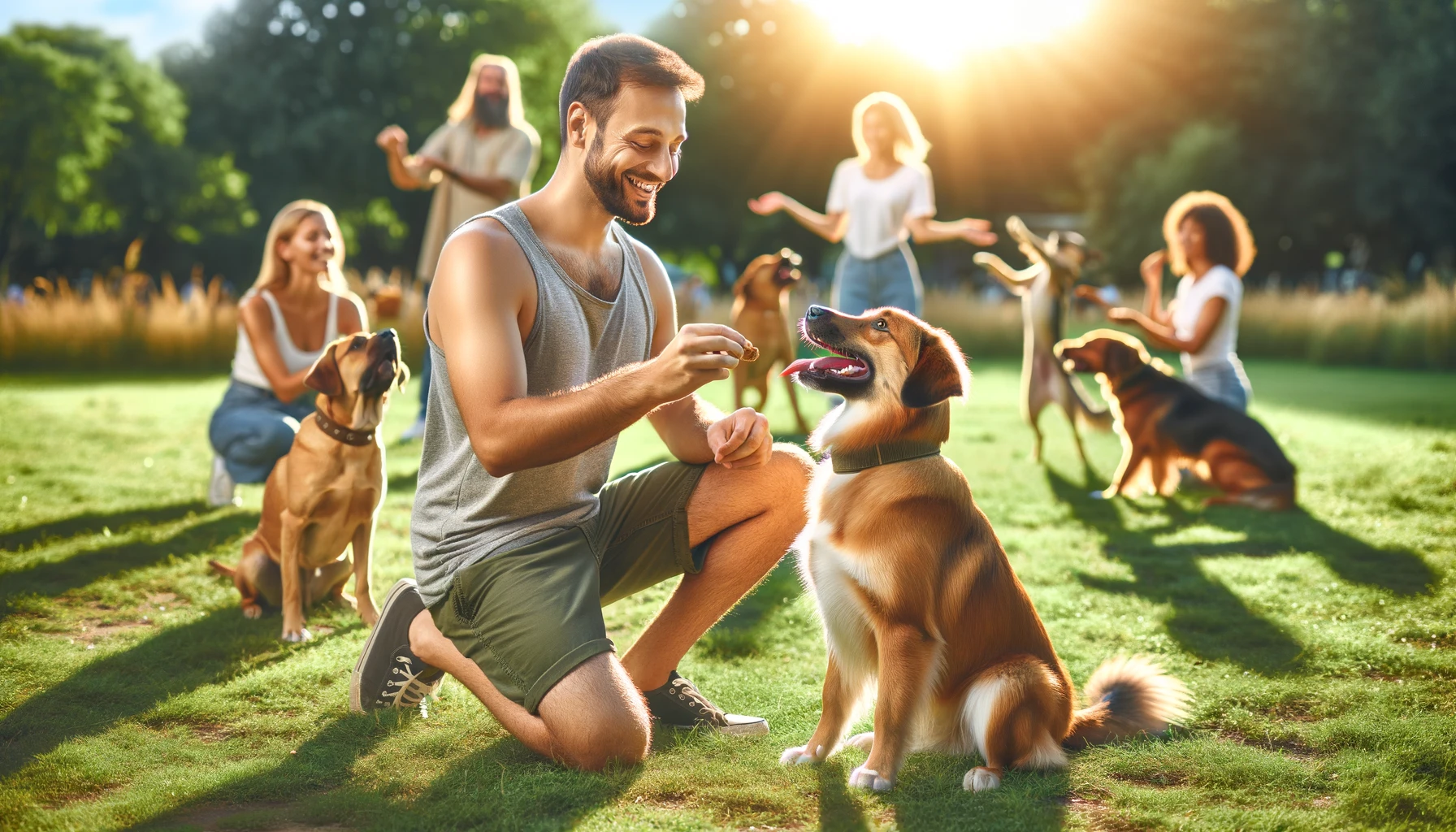Having a dog that chases after bikes can be extremely frustrating and potentially dangerous for your dog and cyclists. While the instinct to track a fast-moving object may be innate in many dogs, this behavior can be curbed with proper training and socialization. With time and consistency, you can teach your dog to ignore bikes and coexist calmly with cyclists. Here are some practical tips for training your dog not to chase or attack bikes:
Understand Why Your Dog Chases Bikes
Before training your dog, it’s essential to understand what’s motivating the chasing behavior. Dogs often chase bikes because:
- It’s a fun game and a release of energy. The movement triggers their prey drive.
- They perceive the bike/cyclist as a potential threat. This provokes territorial behavior.
- They are seeking attention. Chasing gets a reaction from you.
- They are bored. Insufficient exercise and mental stimulation lead to misbehavior.
Knowing the root of your dog’s bike chasing will allow you to target training better. If it’s prey drive, use distraction techniques. If it’s territorial behavior, socialize them to bikes. Boredom can be solved with more exercise. Attention-seeking means ignoring bad behavior.
Start Training Inside Your Home
Begin training in an environment you can completely control – inside your home. This allows you to set up training scenarios without real bikes present. It also eliminates distractions for your dog. Practice the “look” command using bike-related cues:
- Have them “look” when you say “bike.” Reward them with treats when they make eye contact with you.
- Show pictures/videos of bikes and say “look.” Reward eye contact.
- Roll toys that resemble bikes past them. Use “look” to divert their attention to you.
The goal is to get your dog accustomed to bike cues and teach them that looking at you results in rewards, not chasing after bikes.
Train Your Dog to Ignore Bikes in a Controlled Outside Setting
Once your dog masters the “look” command inside, it’s time to practice outdoors in a controlled setting. This means an enclosed space with no distractions or real bicycles yet. Backyard, driveway, or empty dog park are good spots.
Have a helper hold a large picture of a bicycle or ride a toy bike in the distance. Reward your dog with high-value treats when it notices but doesn’t react. Gradually decrease the distance between the bike image and your dog as training progresses. Continue reinforcing the lack of reaction with rewards.
Also, practice “look” when they notice the bike. Tell them, “Good look!” when they make eye contact. This further engrains ignoring bikes and looking to you for guidance.
Slowly Expose Your Dog to Real Bikes
Up the realism by having someone ride a bike at a distance. Start far away and slowly work closer as your dog remains calm and nonreactive. It’s critical to keep them under the threshold and not trigger chasing. If they start to react, create more distance immediately.
Use very high-value food rewards like chicken, hot dogs, or beef for remaining relaxed near an actual bike. Also, employ the “look” command to break their focus. Give them praise and reward for checking in with you.
Practice in Different Locations with Bike “Triggers”
Proof your dog’s training by practicing around real bikes in multiple locations. Go to parks, trails, and neighborhoods where you’ll likely encounter bikes. Start at a quiet time with few around and reward your dog for good behavior.
Gradually expose them to more triggers that may incite chasing:
- Cyclists zipping by
- Groups of bikes
- Kids on bikes wobbling unsteadily
- Dogs chasing bikes
Always keep your dog under the threshold by creating distance when needed. Stay vigilant for subtle signs of tension like staring, stiffening, or pacing. Use “look” and reward engagement with you instead of the bikes.
Use Management Tools When Necessary
When training a chronic bike chaser, management tools like leashes and muzzles can help control behaviors during the training process. Long leads allow your dog some freedom while maintaining control. Properly fitted muzzles prevent biting cyclists while allowing your dog to pant and take treats.
Introduce these tools gradually with positive reinforcement. As your dog’s training progresses, they should have less need for management equipment. But continue bringing it along in case it’s needed to prevent the rehearsal of bad habits.
Be Patient!
Some dogs have a strong, inherited instinct to chase bikes that may take a long time to overcome. Be consistent with training and understand there will be setbacks. If your dog regresses, slow down training, increase distance, and use management tools as needed to prevent practicing the behavior. With time, consistency, and patience, you can teach even motivated bike chasers to coexist calmly with cyclists.
Incorporate General Training and Exercise
In conjunction with specific bike-training techniques, ensure you are:
- Exercising your dog adequately – tired dogs are less likely to act out.
- Reinforcing commands like “sit,” “down,” “stay,” and “leave it.” This increases impulse control.
- Stimulating your dog mentally with food, puzzles, and games. A tired brain is a well-behaved brain.
- Working on loose leash walking skills. This gives you better behavior control.
Well-exercised, trained dogs who see you as the “fun” provider are much more attentive and motivated to please. Combine a training regimen with enrichment and activity for the best results in curbing bike chasing.
Consider Specialty Help for Severe Cases
Consider employing a professional certified dog trainer or behaviorist for select dogs with severe chasing issues or cases where you’re still struggling after diligent training attempts. They can identify specific problems in your dog’s temperament, environment, or routine that may contribute to the problem behavior. Specialty trainers can also design customized training protocols and provide hands-on guidance at challenging stages of the process.
While it requires dedication and consistency, most dogs can overcome the instinct to chase bikes through gradual exposure, impulse control training, and building engagement with their owner. Pay attention to triggers, have realistic expectations about progress, and use prevention tools when needed. With time and positive reinforcement, you can have your dog calmly ignoring bicycles instead of chasing them down the street. Put in the work, and you’ll have a well-mannered companion who’s no longer a hazard or nuisance to neighborhood cyclists.






